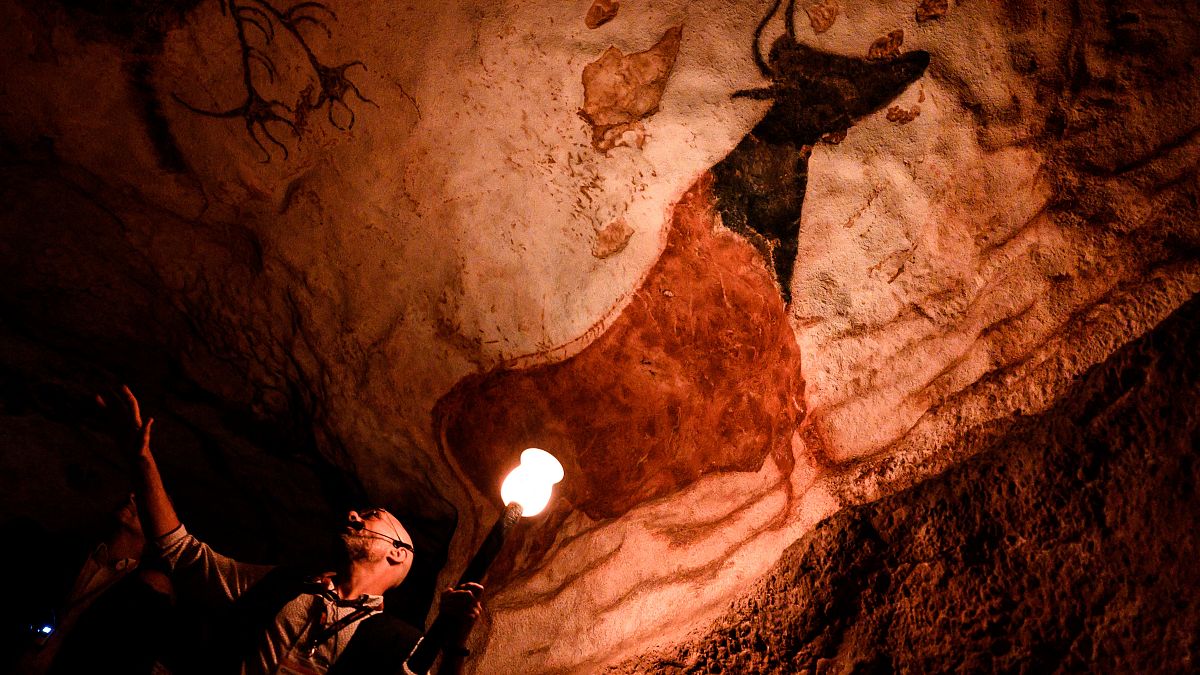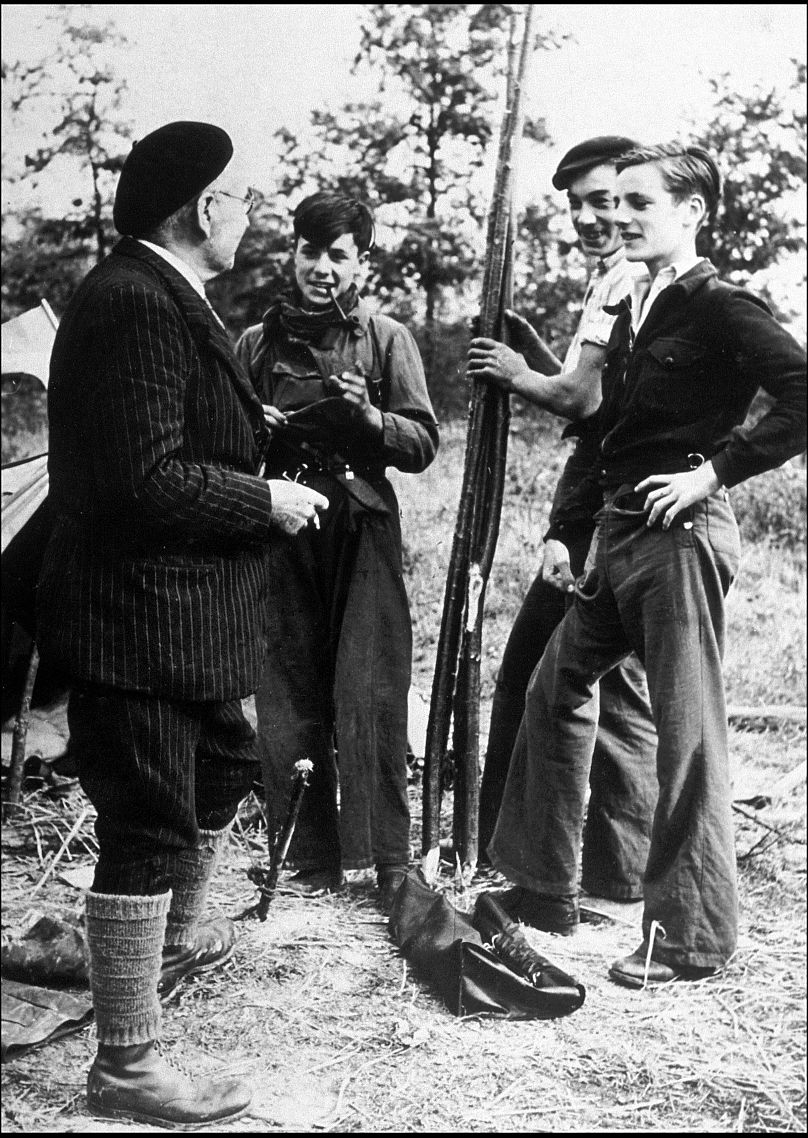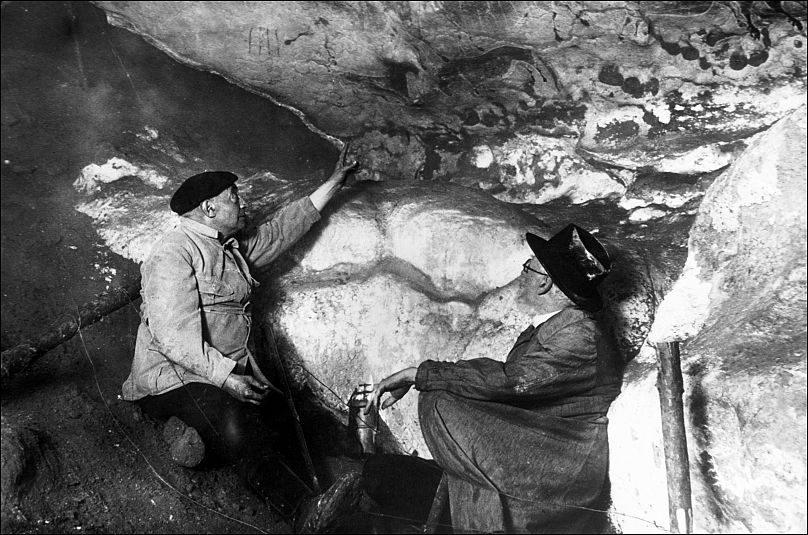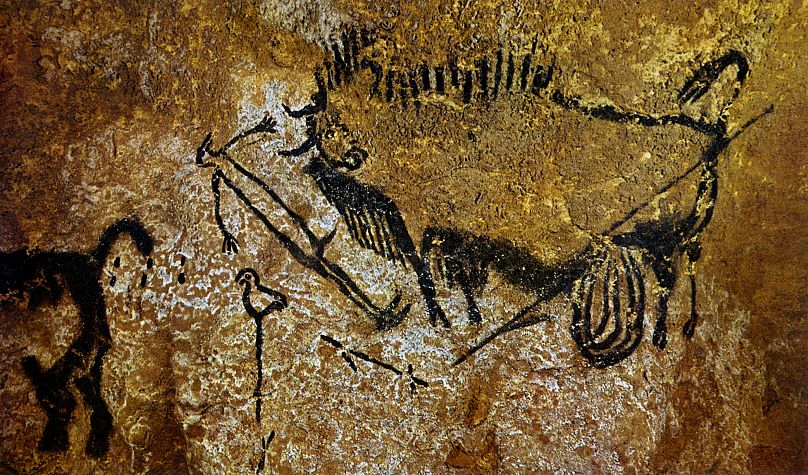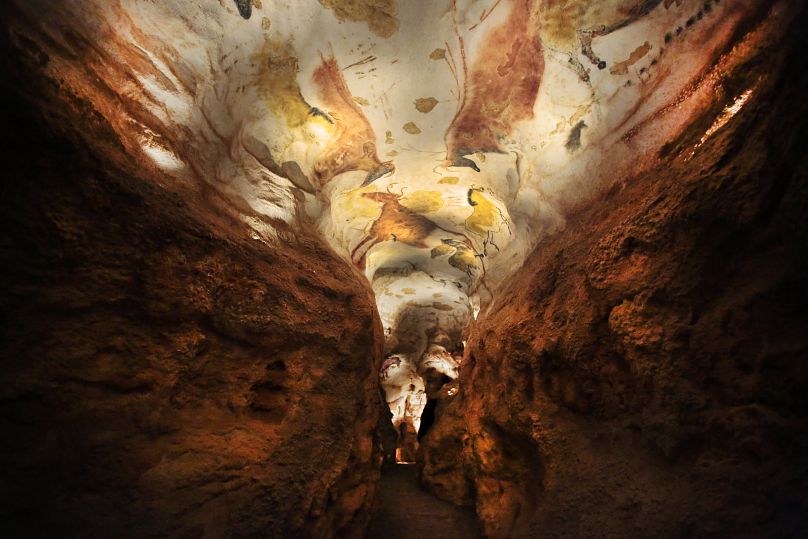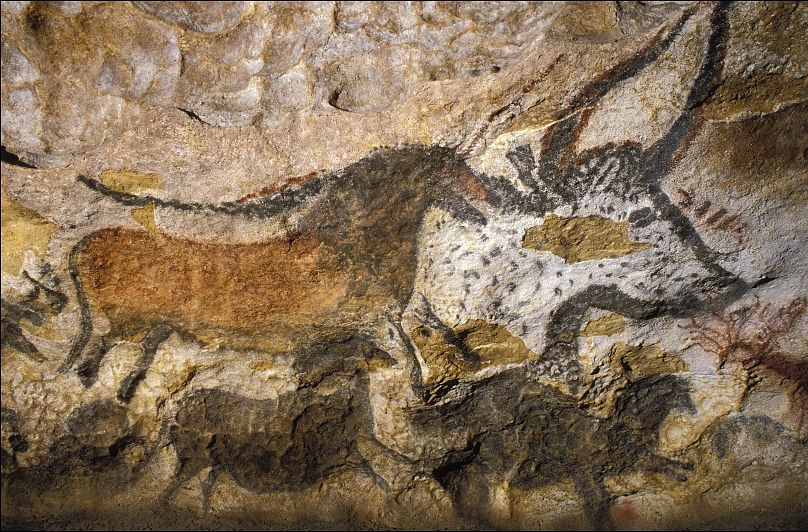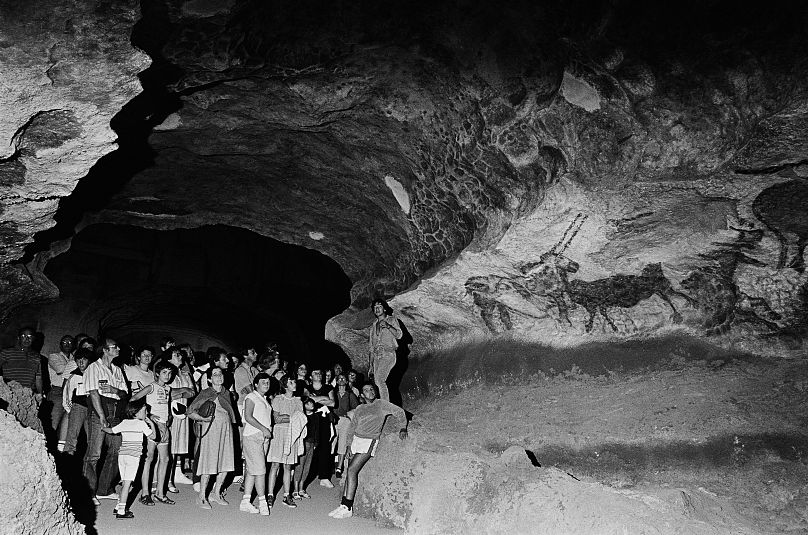On this day in 1940, the entrance to Lascaux Cave in France was discovered, opening up a window into the lives of our forebearers.
On 12 September 1940, 18-year-old Marcel Ravidat was walking his dog, Robot, in France’s Dordogne region.
While on land belonging to the La Rochefoucauld-Montbel family, Robot found a hole in an uprooted tree and let his owner know.
Intrigued, Ravidat later returned to the scene with three friends: Jacques Marsal, Georges Agnel, and Simon Coencas.
The four entered the cave through a 15-metre-deep shaft, believing it to be a legendary secret passage to the nearby Lascaux Manor.
Instead, they stumbled across cave walls covered with depictions of animals, human figures, and abstract signs.
After the teenagers reported their discovery to the authorities, the ancient artworks were studied by French archaeologist Henri-Édouard-Prosper Breuil. He discovered that the Lascaux grotto consists of a main cavern 20 metres wide and 5 metres high.
The walls play host to some 600 paintings and nearly 1,500 engravings.
The pictures depict numerous types of animals, including horses, red deer, stags, bovines, felines - and what appear to be mythical creatures.
There is only one human figure depicted in the cave and it’s not a human being as we’d recognise it today.
The image shows a bird-headed man with an erect phallus.
That discovery, among others, led to archaeologists believing that the cave was used over a long period of time as a centre for hunting and religious rites.
While the cave paintings are often thought to be around 15,000 to 17,000-years-old, hailing from the Upper Paleolithic period, experts have increasingly believed that Lascaux is very poorly dated.
Radiocarbon dating was used to establish that time frame. It’s now more commonly thought that the cave is a largely homogeneous collection of images spanning a few centuries before and after that date. Other specialists claim the art spans a much longer period still.
The Lascaux cave was opened to the public in 1948 but only remained open for 15 years.
Experts had found that artificial lights had faded the vivid colours of the paintings and caused algae, fungi and lichen to grow over a large chunk of them.
By 1955, carbon dioxide, heat and humidity produced by some 1,200 visitors per day had visibly damaged the paintings too, and they were forced to close in 1963.
Since the 1980s, replicas of the cave have been opened and, to this day, receive tens of thousands of intrigued visitors every year.
Galleries on show include replicas named as the Hall of the Bulls, the Passageway, the Shaft, the Nave, the Apse, and the Chamber of Felines.
Since their discovery, the artwork has fascinated millions of people worldwide.
Due to the outstanding, mostly well-preserved prehistoric depictions in the cave, Lascaux was inducted into the UNESCO World Heritage List in 1979, as part of an element of the Prehistoric Sites and Decorated Caves of the Vézère Valley in southwestern France.
